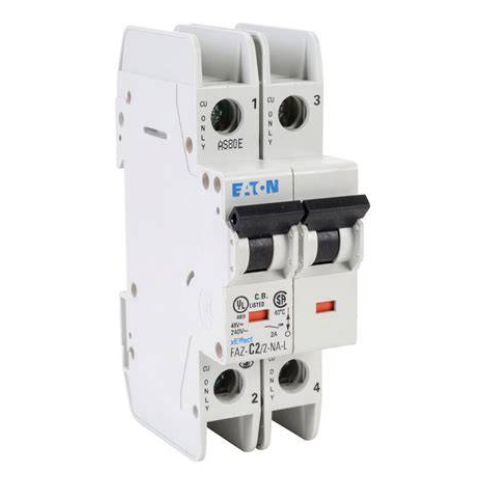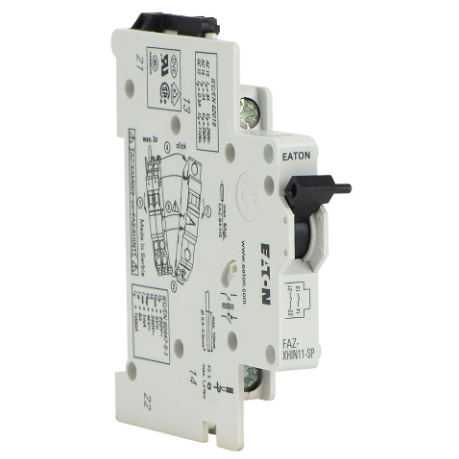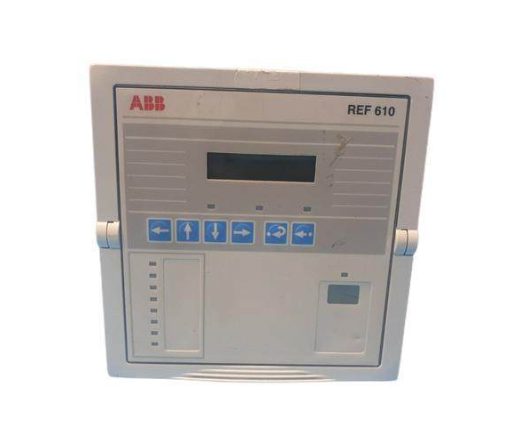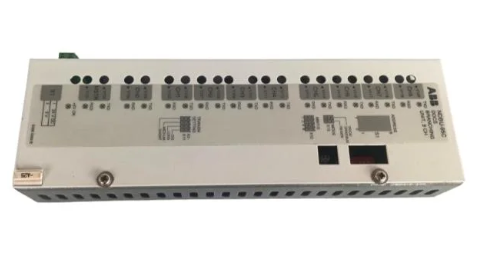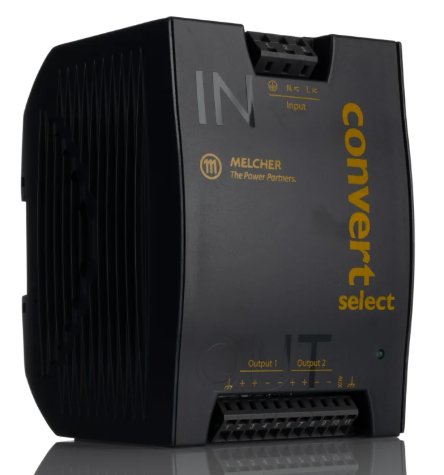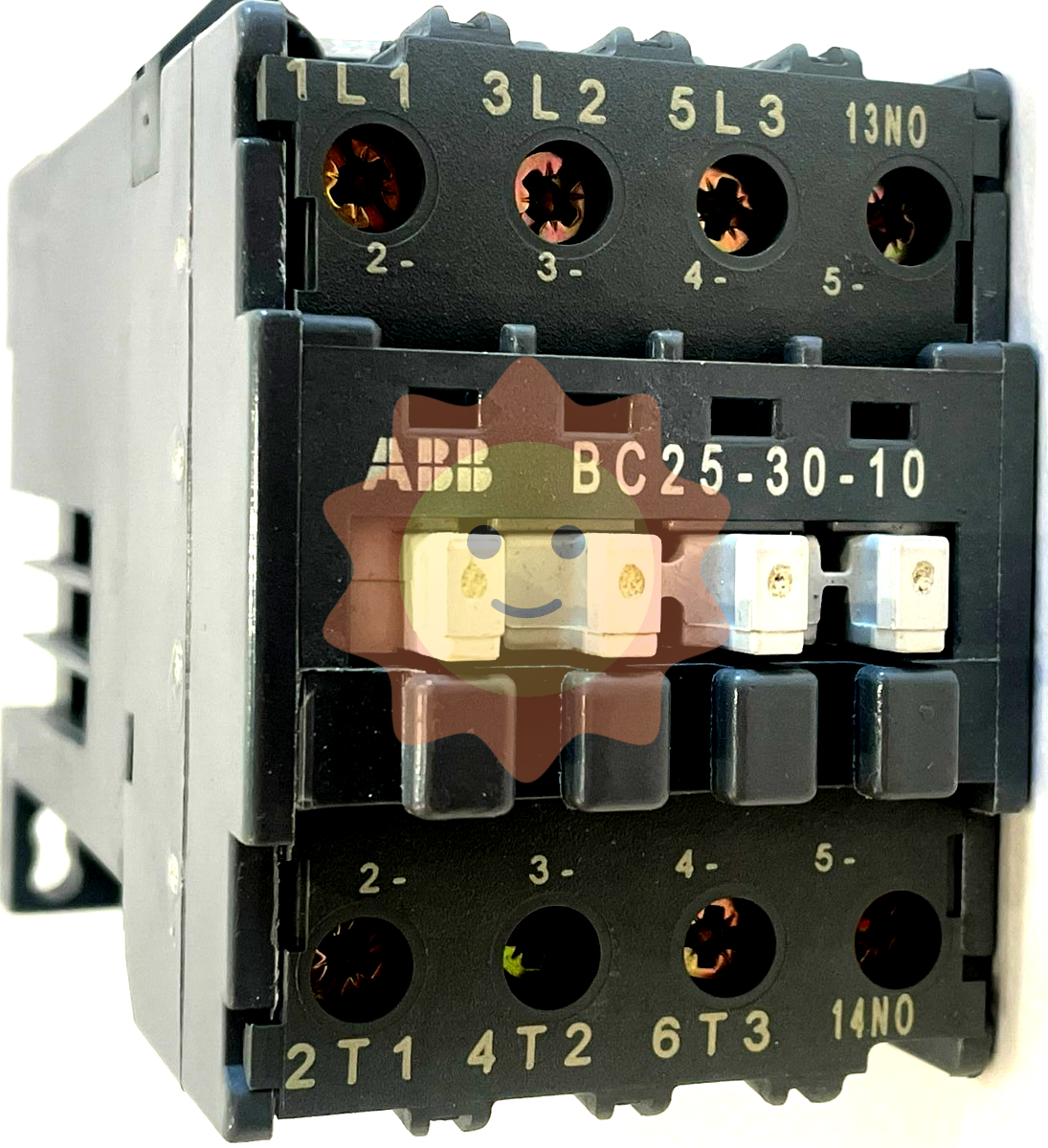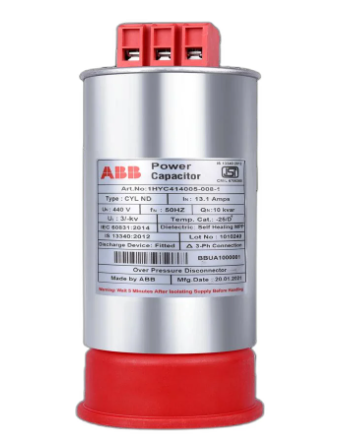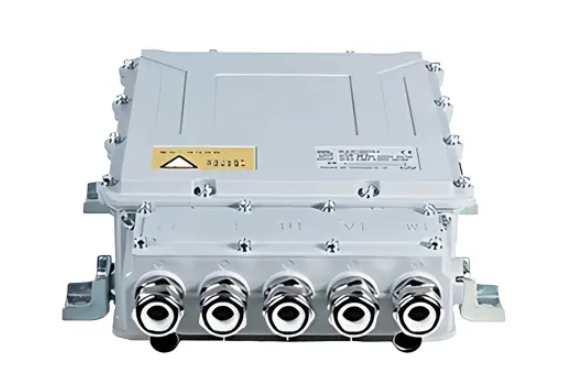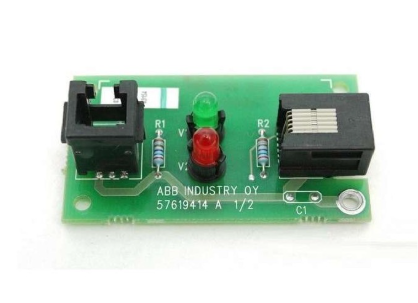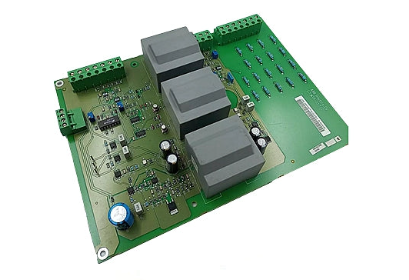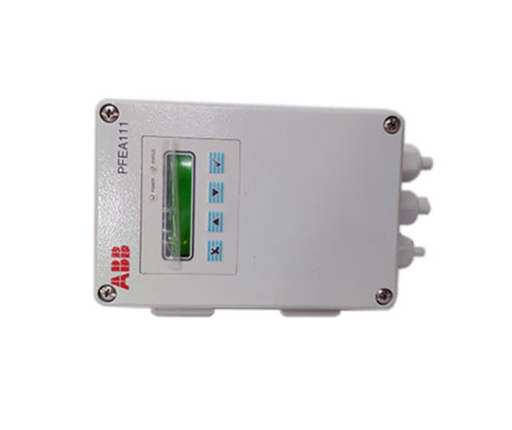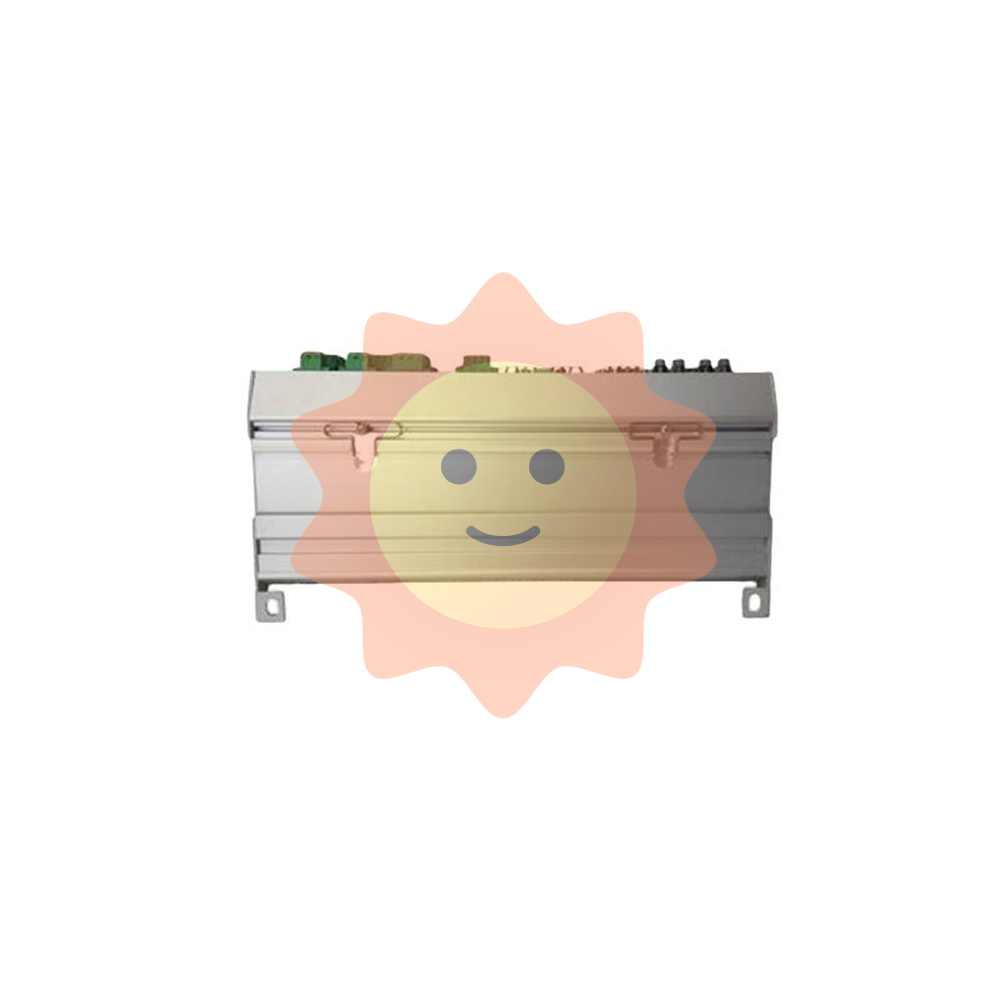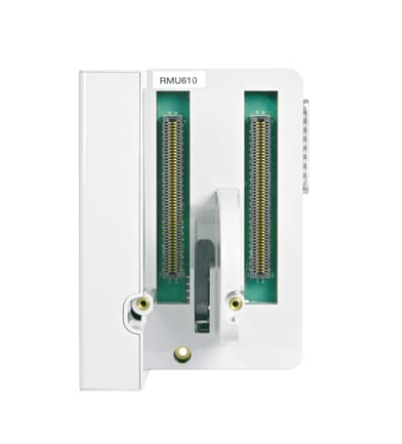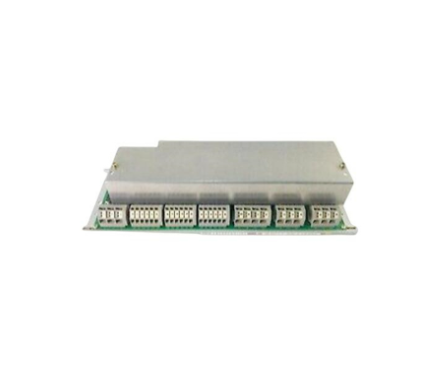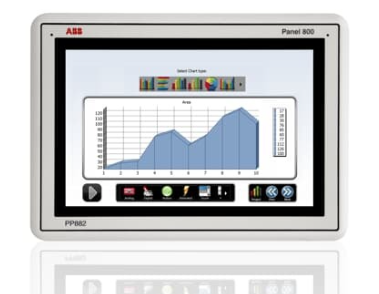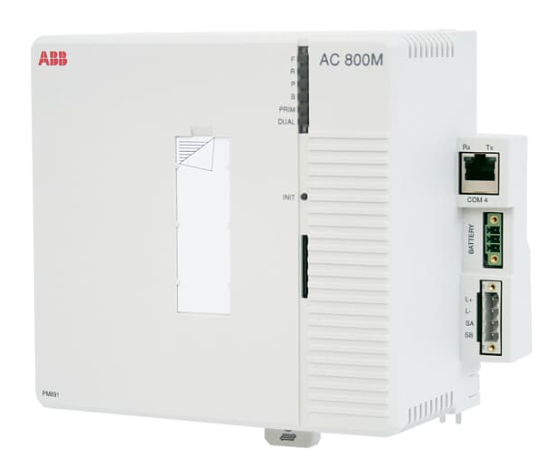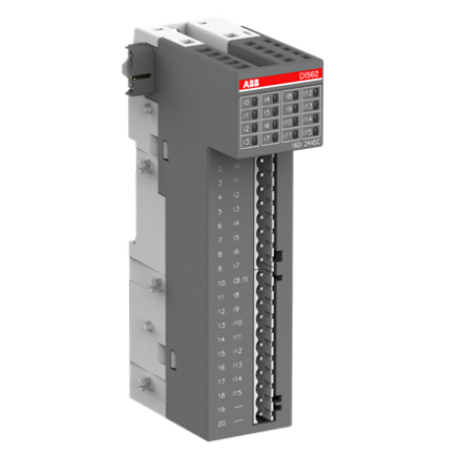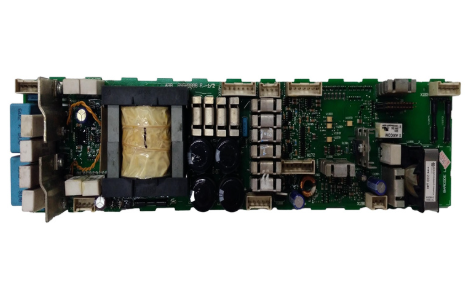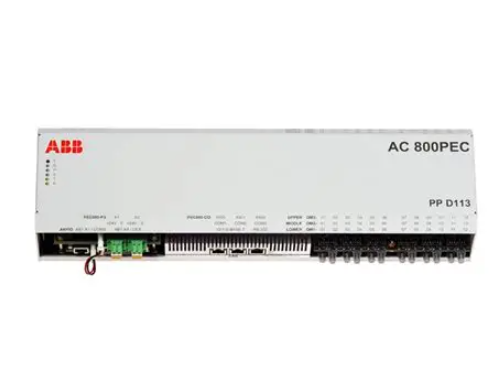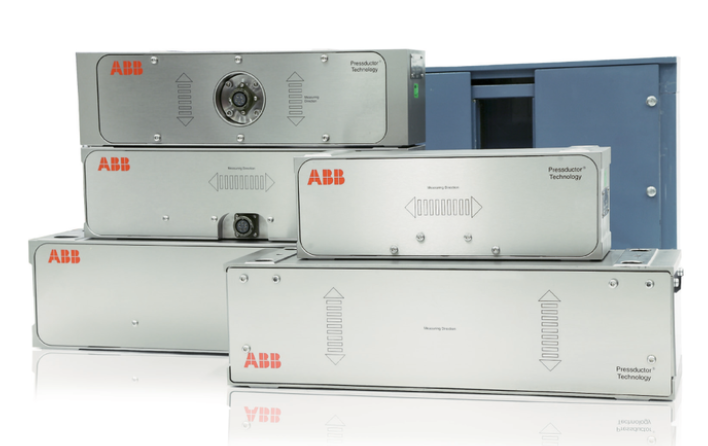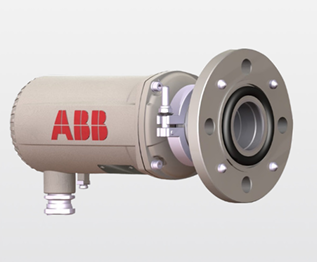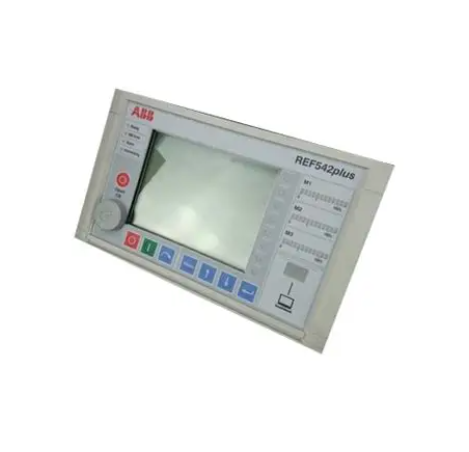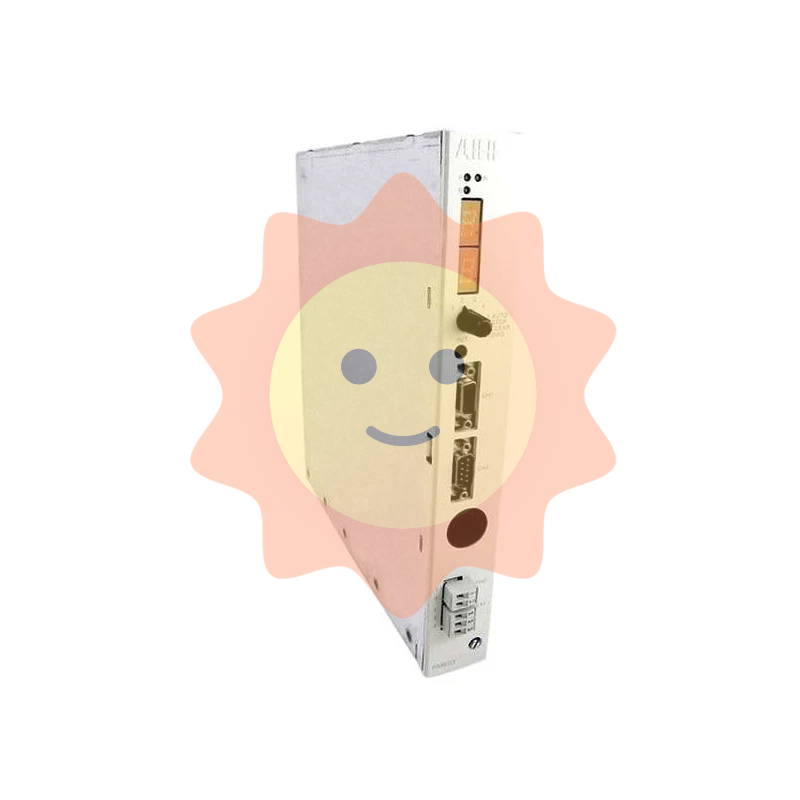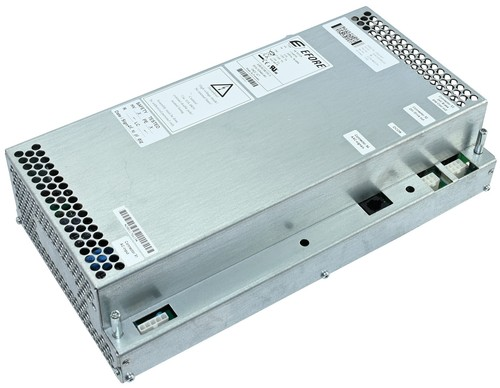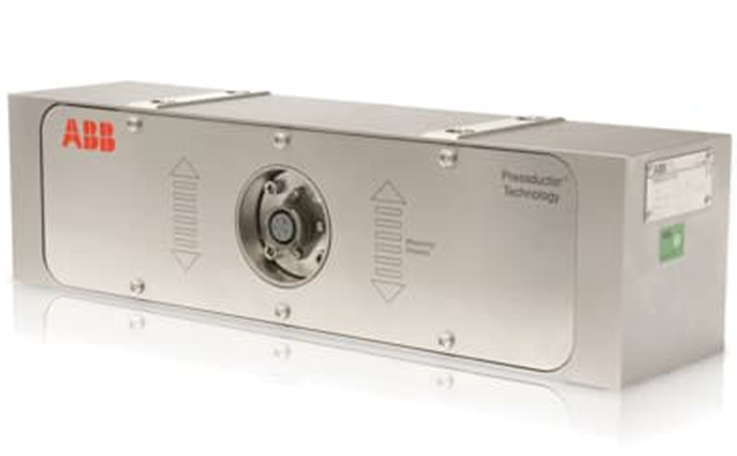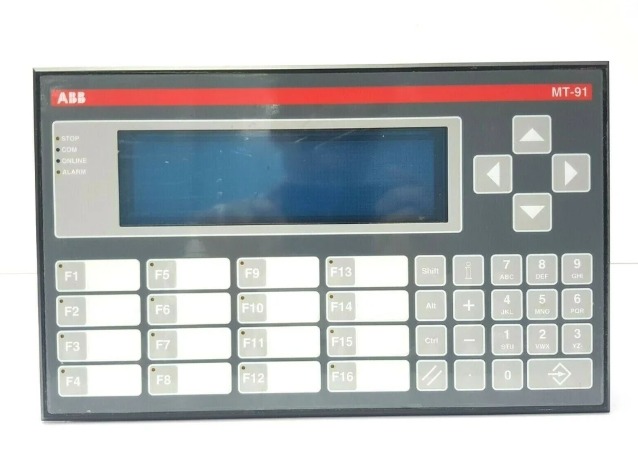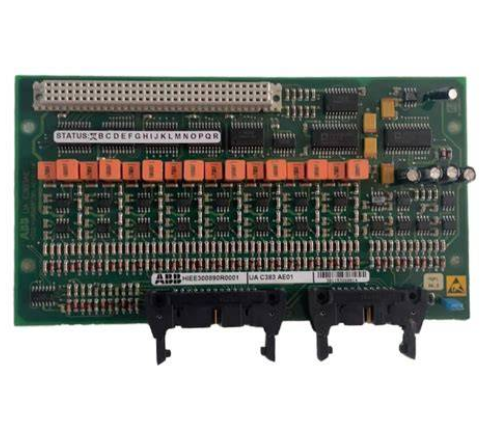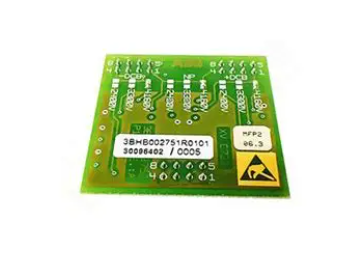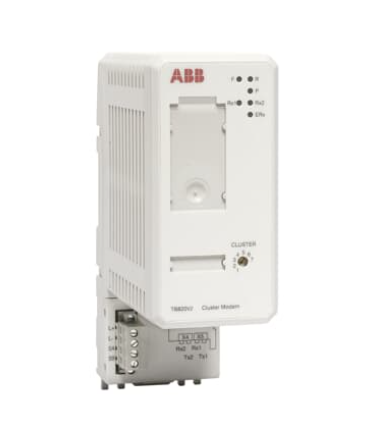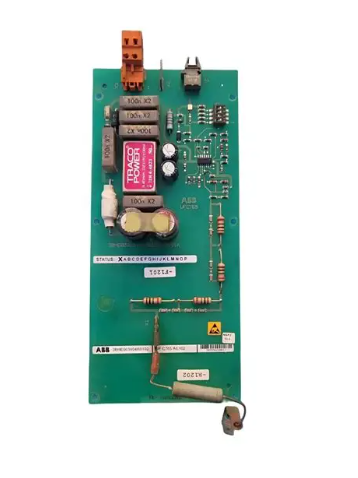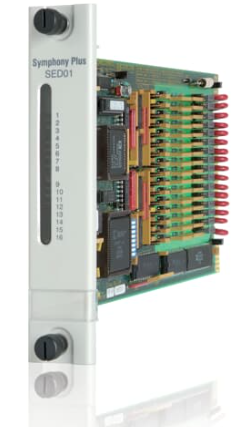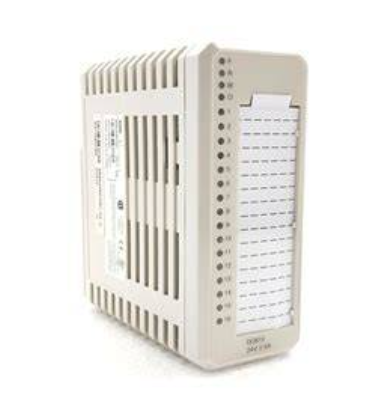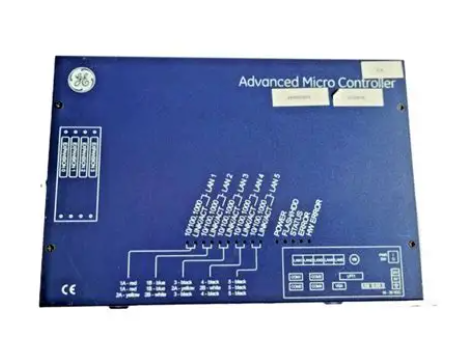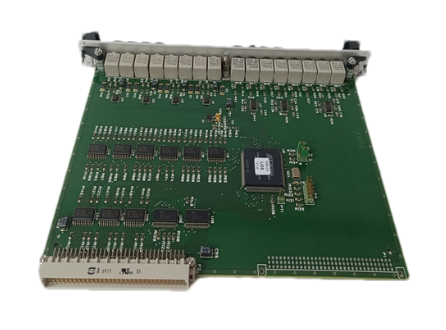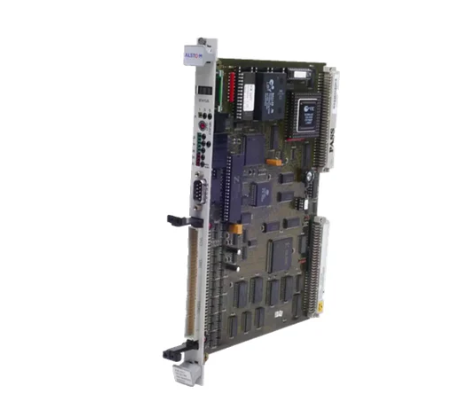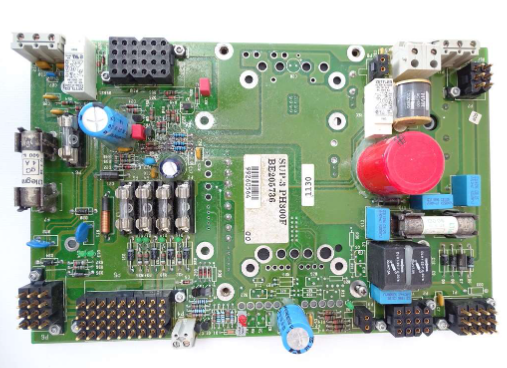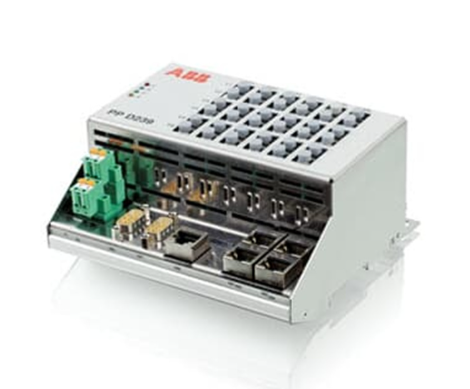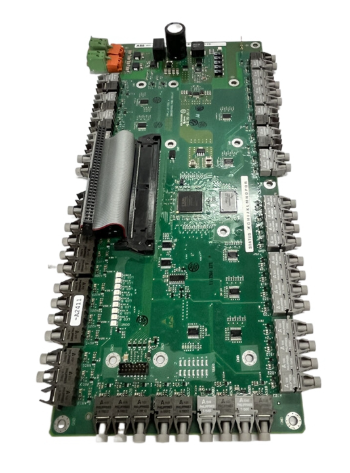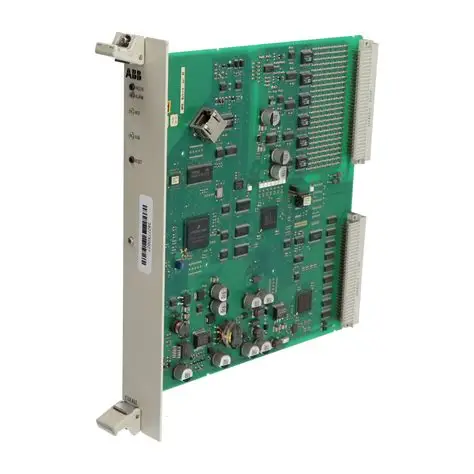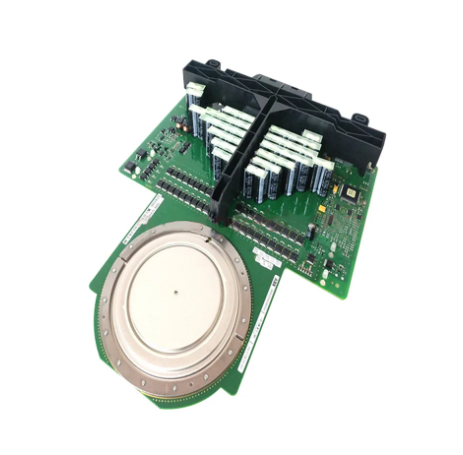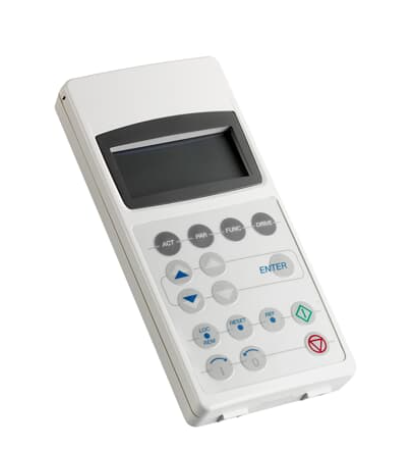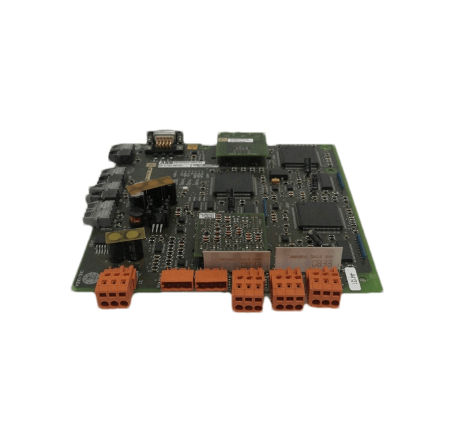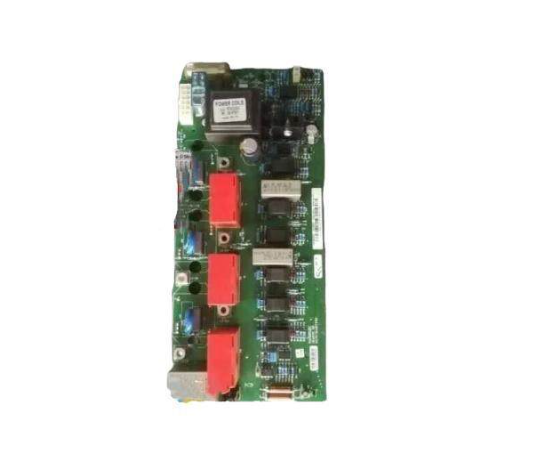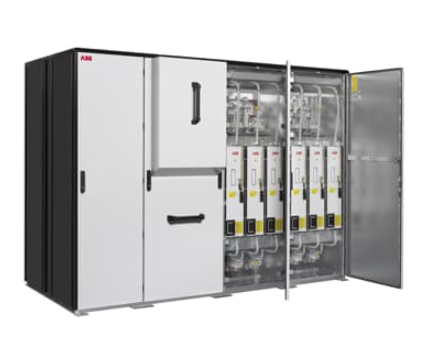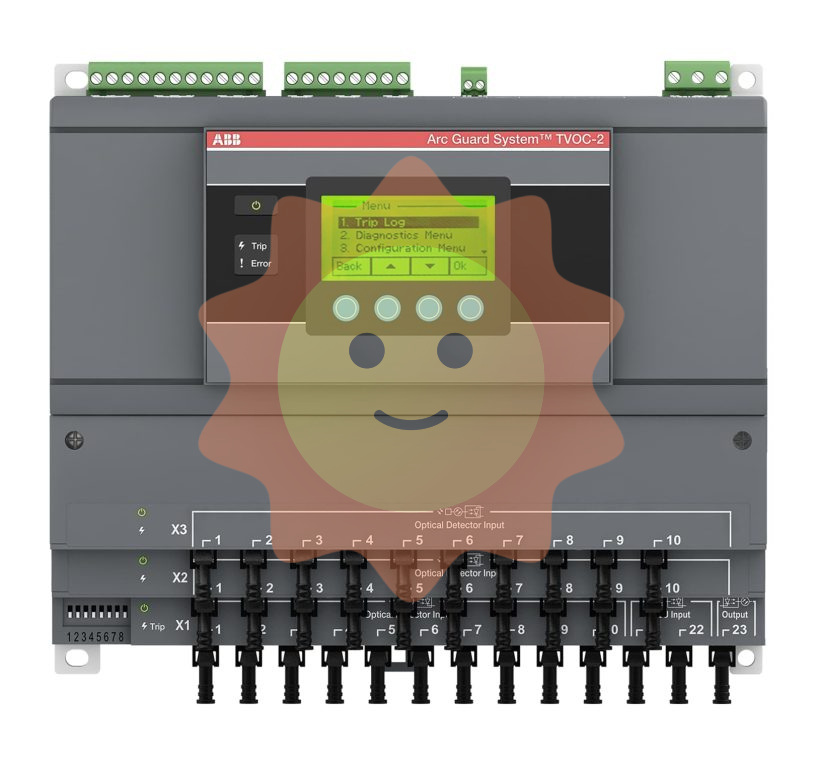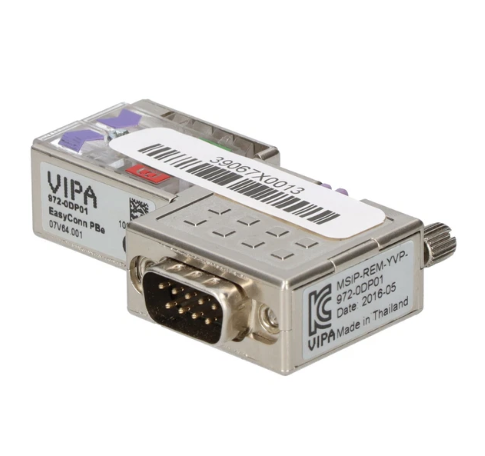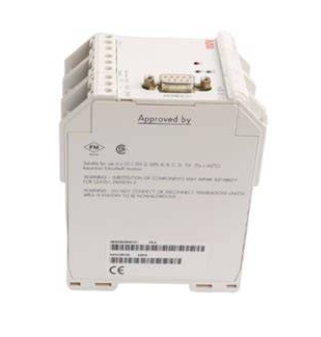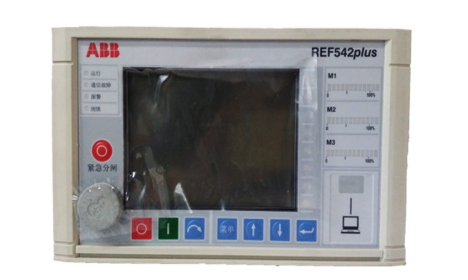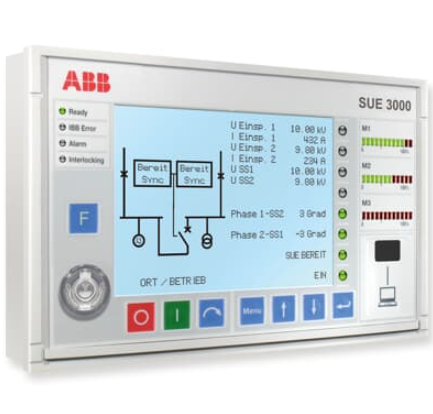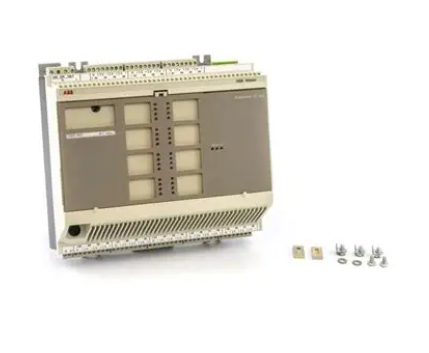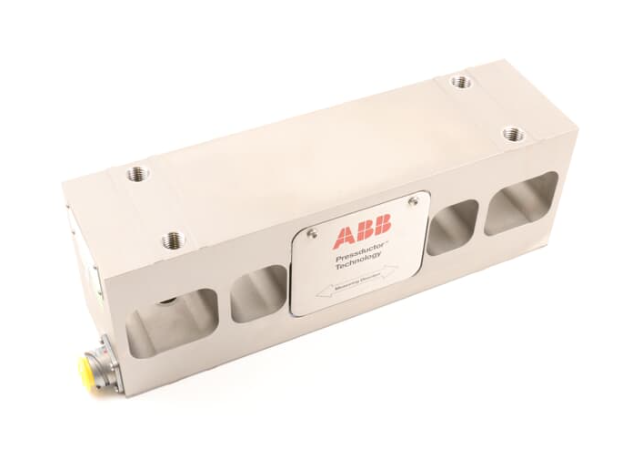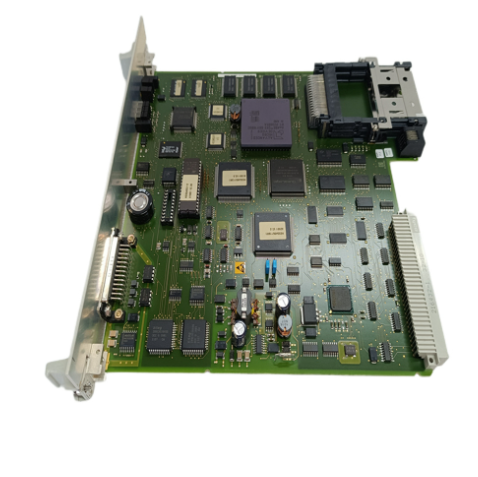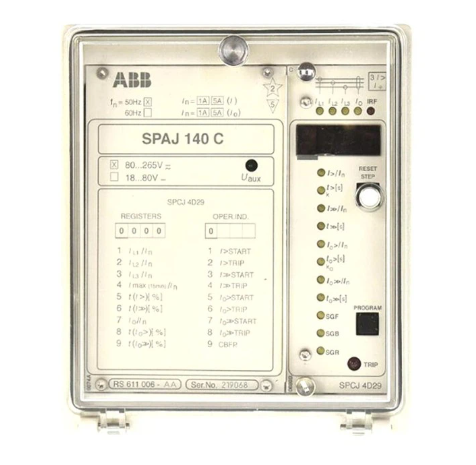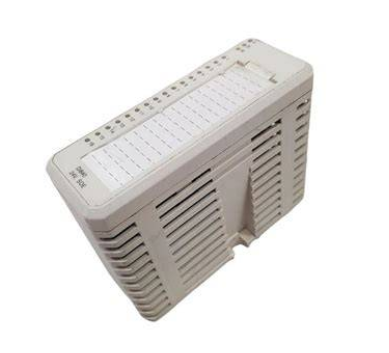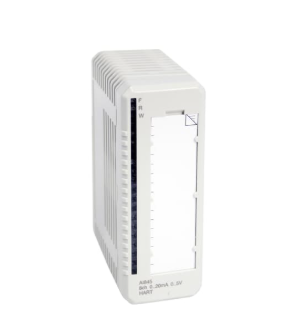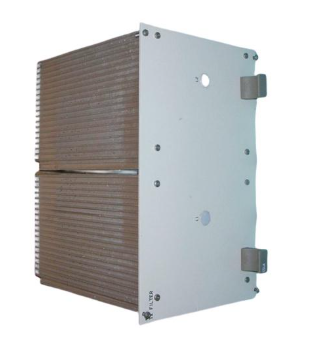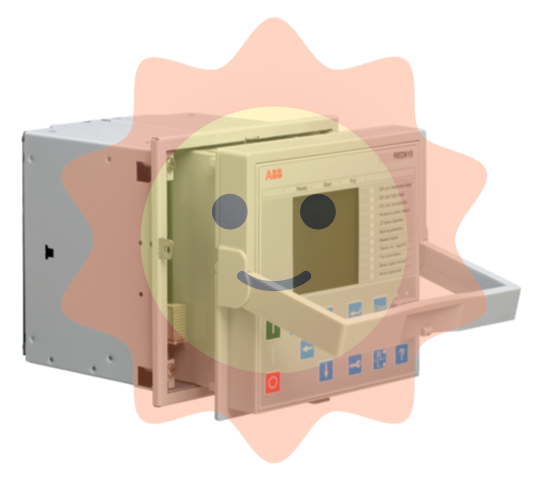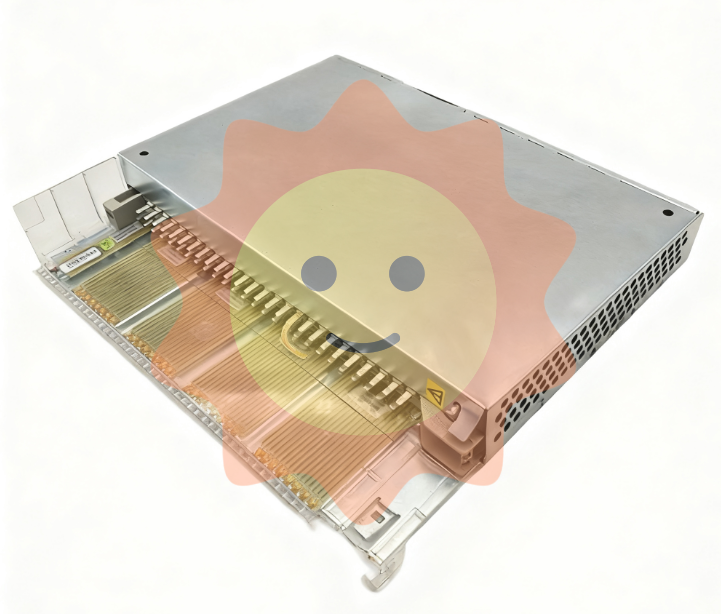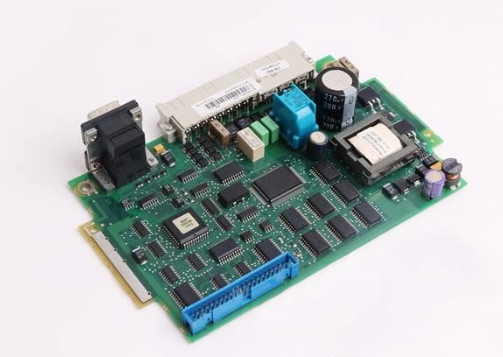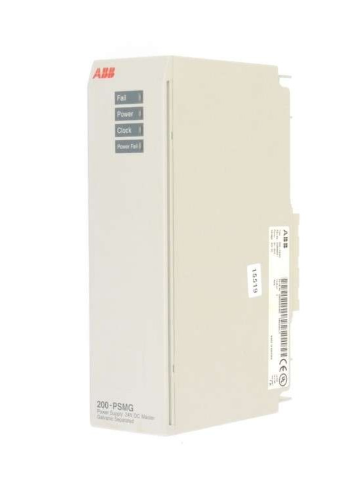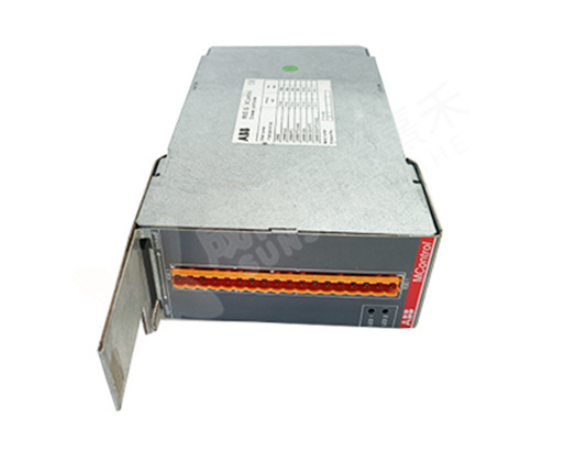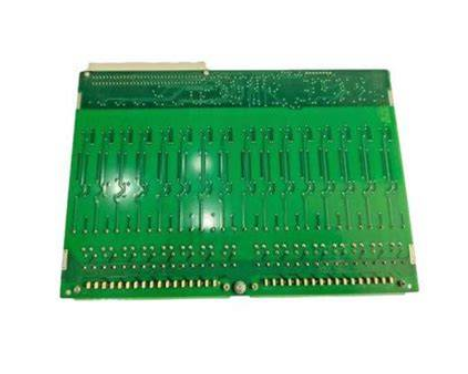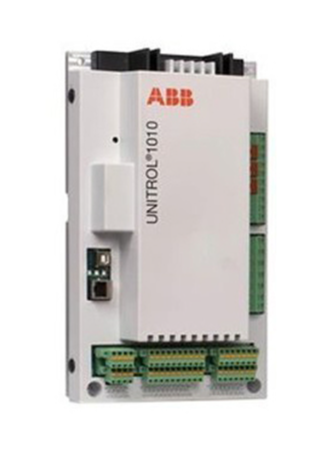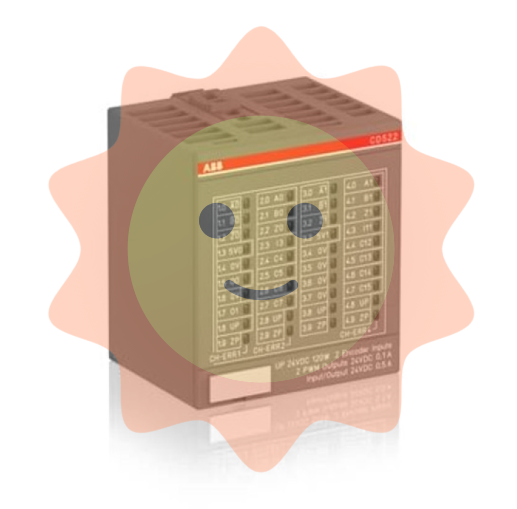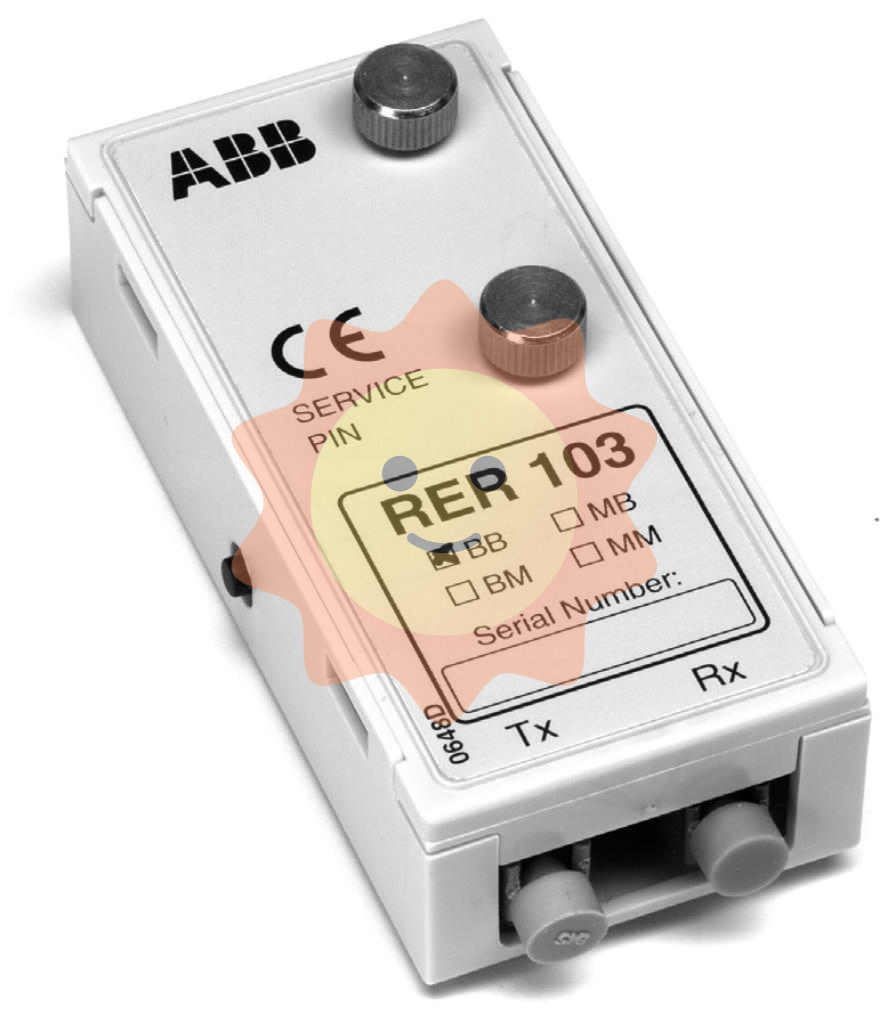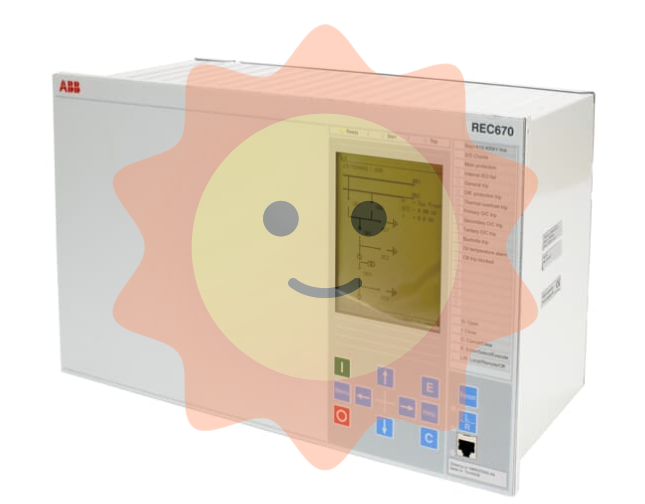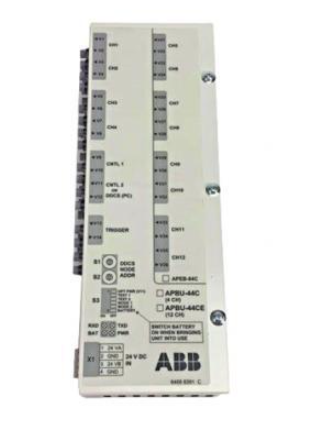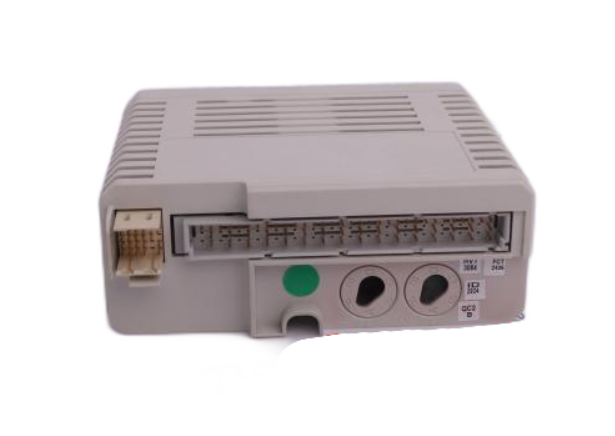AB 1756-cpu ControlLogix Systems
AB 1756-cpu ControlLogix Systems
System Overview and Controller Types: The ControlLogix system is a rack-based, sequential, process, motion, and drive control system with communications and I/O capabilities and a variety of configuration options. There are three types of controllers: Legacy, Extreme Environment, and Safety GuardLogix, and this manual focuses on the first two. Legacy controllers include the 1756-L6x and 1756-L7x series, which differ in power-down support, communication ports, number of connections, CPU, memory, and other features.
Controller Installation: 1756-L7x controller installation requires attention to the environment, electrostatic protection and explosion-proof requirements, the installation steps include inserting the rack, installing the SD card, installing or uninstalling the ESM, etc. The 1756-L6x controller installation also has the same requirements as the environment, the installation steps include installing and removing the CF card, connecting and replacing the battery, etc. The 1756-L6x controller can be connected to the controller for power failure support.
System Connection and Communication: USB or serial cable can be used to connect the controller, and after connection, it is necessary to set up the driver, upgrade the firmware, and select the working mode. 1756 - L6x controller supports many kinds of network communication, such as EtherNet/IP, ControlNet, DeviceNet, etc., and each network has its own characteristics, modules, and software, and its connection and data transmission mechanism are also different. 1756 - L6x controller has the same requirements as the environment. Each network has its own characteristics, modules, and software, and the connection and data transfer mechanisms are different. 1756-L6x controllers also support serial communication, with a variety of protocols to choose from, and need to be configured accordingly.
I/O Modules: There are many different types of I/O modules, and selection requires consideration of function, terminal blocks, or wiring systems. There are three types of I/O modules: local, remote and distributed, with different operation procedures. Some modules support reconfiguration, and some modules and devices can be added online, but there are some restrictions and precautions.
Motion control applications: ControlLogix controllers support motion control with both digital and analogue interfaces. Configuration steps include creating a project, selecting drive types, and creating axis labels. Motion control programming has specific commands that can be used to obtain axis information in a variety of ways.
Application Development: The control application consists of elements such as tasks, procedures, routines, and labels. Tasks are of three types: continuous, cyclic, and event-based; procedures contain multiple components; routines provide executable code; and labels are used to address data. The controller supports a variety of programming languages and can also use user-defined instructions. The status of the controller and I/O connections can be monitored through GSV and SSV instructions, and system housekeeping time slice can be configured.
PhaseManager Tool: The PhaseManager tool adds device phases to help layout code. Its state model divides the device operation cycle into different states, and the device phase instructions can control state transitions. It can be used to manually change states by meeting certain system requirements.
Redundant Systems and SIL2 Certification: Redundant systems increase availability, switching to slave controllers in the event of a master controller failure, have system requirements and considerations, and require specific steps to establish a redundant system. Some ControlLogix systems are certified for SIL2 applications, there are different configuration types, and specific tools are required for programming and commissioning.
Status Indicators and Electronic Matching: The status indicators on the 1756-L7x and 1756-L6x controllers display different status messages to help users determine controller operation. The electronic matching function compares the expected and physical modules before I/O communication, with three options: Exact Match, Compatible Match, and Disable Match.

- EMERSON
- Honeywell
- CTI
- Rolls-Royce
- General Electric
- Woodward
- Yaskawa
- xYCOM
- Motorola
- Siemens
- Rockwell
- ABB
- B&R
- HIMA
- Construction site
- electricity
- Automobile market
- PLC
- DCS
- Motor drivers
- VSD
- Implications
- cement
- CO2
- CEM
- methane
- Artificial intelligence
- Titanic
- Solar energy
- Hydrogen fuel cell
- Hydrogen and fuel cells
- Hydrogen and oxygen fuel cells
- tyre
- Chemical fiber
- dynamo
- corpuscle
- Pulp and paper
- printing
- fossil
- FANUC
- Food and beverage
- Life science
- Sewage treatment
- Personal care
- electricity
- boats
- infrastructure
- Automobile industry
- metallurgy
- Nuclear power generation
- Geothermal power generation
- Water and wastewater
- Infrastructure construction
- Mine hazard
- steel
- papermaking
- Natural gas industry
- Infrastructure construction
- Power and energy
- Rubber and plastic
- Renewable energy
- pharmacy
- mining
- Plastic industry
- Schneider
- Kongsberg
- NI
- Wind energy
- International petroleum
- International new energy network
- gas
- WATLOW
- ProSoft
- SEW
- wind
- ADVANCED
- Reliance
- YOKOGAWA
- TRICONEX
- FOXBORO
- METSO
- MAN
- Advantest
- ADVANCED
- ALSTOM
- Control Wave
- AB
- AMAT
- STUDER
- KONGSBERG
- MOTOROLA
- DANAHER MOTION
- Bently
- Galil
- EATON
- MOLEX
- Triconex
- DEIF
- B&W
- ZYGO
- Aerotech
- DANFOSS
- KOLLMORGEN
- Beijer
- Endress+Hauser
- MOOG
- KB
- Moxa
- Rexroth
- YAMAHA


Email:wang@kongjiangauto.com

